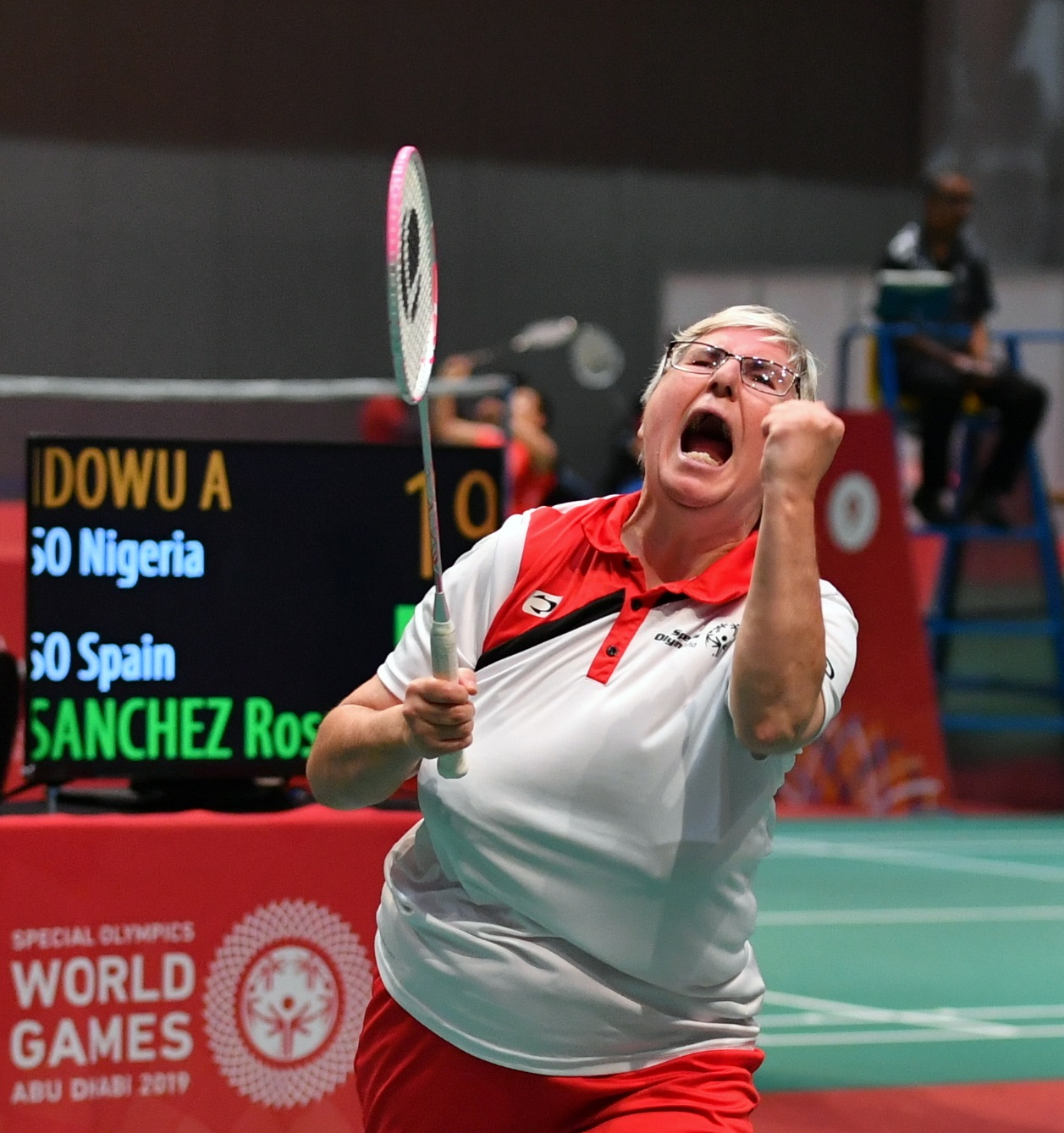This 5 July we are celebrating World Badminton Day. Today we look at some of the health benefits of badminton.
Badminton has increasingly attracted the interest of researchers as studies in recent years have confirmed its multiple health benefits. While there are several areas awaiting exploration, here are some prominent studies that have researched the health benefits of badminton for the layperson.
Aiding Functioning of Eyes

Badminton aids eyesight.
Following extensive research conducted by the Helmholtz Moscow Research Institute of Eye Diseases, the BWF and National Badminton Federation of Russia announced in 2019 that scientists have identified that regular badminton participation does improve functioning of the eyes.
Research indicated that badminton could be used to not only reduce the risk of myopia in children but treat one of the most common types of myopia – pseudo myopia or false myopia.
Another study indicated the superiority of vision skills in badminton players:
Improved health indices
One study showed that badminton training, carried out on an hourly basis, three times a week, can improve a range of health markers in untrained women and to a similar extent as running training over an eight-week period.
Recreational badminton led to marked improvements in aerobic capacity and reductions in heart rate during walking and running exercise. There was also reduction in resting heart rate and systolic and diastolic blood pressure. Recreational badminton also resulted in better perceptions of physical condition. The fun and interactive nature of badminton could be a factor in organisations using it to promote improved health.
Training those with intellectual disabilities
Eighteen participants with Intellectual Disabilities (ID) with little or no experience in badminton were the focus of a study by researchers of Mississippi State University and Sonoma State University. The curriculum selected was Shuttle Time Starter Lessons. The exercise group practiced for 50 min each session, twice a week for 10 lessons with peers, while the control group maintained a regular life schedule.
Their physiological and motor skills and performance was assessed before and after the programme. Apart from significantly reduced resting heart rate and longer distances in the walk test, the participants showed positive effects in brain activity.

Badminton at the Special Olympics.
The research concluded that Shuttle Time Badminton Lessons could be feasible for adults with ID, with school teachers and coaches adapting it to improve health and wellness and acquire badminton skills in adults with ID.
Increased life expectancy
The Copenhagen City Heart Study (CCHS) is a prospective population study that included detailed questionnaires regarding participation in different types of sports (including badminton) and leisure-time physical activity. The 8577 participants were followed for up to 25 years between October 1991 until March 2017. Badminton players, on average, lived 6.2 years longer than the sedentary group, which was among the highest for any sporting activity.
Better than the average
A 2021 study by researchers at the University of Bari Aldo Moro in Italy conducted on 22 male and eight female badminton players competing at the Italian Masters Championships pointed to better perceptions of health in the athletes compared to the normal Italian population. Interestingly, there were no statistically significant differences in the health perceptions of the male and female athletes.
The study concluded that badminton could help improve health, psychological wellness and social engagement.
Reducing body fat
A study in Denmark engaged 44 high school students for eight weeks; 28 students were engaged in a specially-developed badminton fitness programme while the other 16 completed a standard high school badminton programme.
The badminton fitness programme consisted of a combination of badminton specific resistance exercises and match play. The badminton fitness programme reduced fat mass and fat percentage among the students whereas no difference was observed after the eight-week standard high school badminton programme. The study demonstrated that eight weeks of badminton specific fitness training can improve body composition and badminton specific performance more than standard badminton high school training in high school students.






























